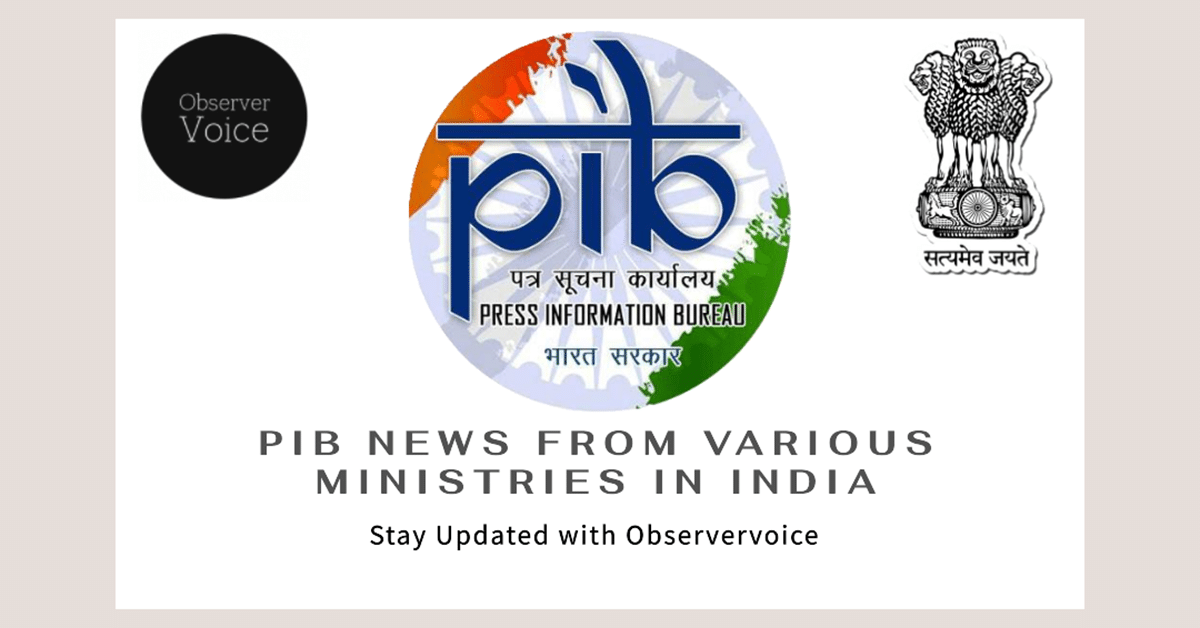Advancing Telecommunications in India

In a groundbreaking initiative, the Centre for Development of Telematics (C-DOT) has partnered with the Indian Institute of Technology Mandi (IIT Mandi) and the Indian Institute of Technology Jammu (IIT Jammu). This collaboration aims to develop advanced telecommunications technology in India. The focus is on creating a “Wideband Spectrum-Sensor ASIC-Chip” to enhance spectrum utilization. This project is a significant step towards achieving self-reliance in telecommunications technology, aligning with the Indian government’s vision of “Atmanirbhar Bharat.”
Collaboration for Innovation
The agreement between C-DOT and the two IITs was signed under the Telecom Technology Development Fund (TTDF) scheme. This scheme is designed to support Indian startups, academic institutions, and research and development organizations. It plays a crucial role in funding projects that aim to design, develop, and commercialize telecommunications products. The TTDF scheme is vital for making broadband and mobile services more affordable, especially in underserved areas. By bridging the digital divide, this initiative will help ensure that more people in India have access to essential communication services.
The collaboration emphasizes the importance of innovation in telecommunications. By pooling resources and expertise, C-DOT, IIT Mandi, and IIT Jammu aim to create cutting-edge solutions that can be implemented across the country. This partnership not only fosters academic and industrial collaboration but also enhances India’s position in the global telecommunications landscape.
Enhancing Spectrum Efficiency
The primary goal of this project is to develop a reliable wideband spectrum sensing (WSS) algorithm. This algorithm will improve spectrum efficiency by identifying and utilizing “spectrum holes.” These are unused frequency bands that can be leveraged to provide broadband services, particularly in rural areas. Spectrum sensing allows cognitive radio users to adapt to their environment by detecting these gaps without interfering with existing networks.
The project will focus on designing communication algorithms that are hardware-friendly. These algorithms will enable the detection and utilization of under-utilized frequency bands, enhancing the overall efficiency of communication systems. Additionally, the initiative will develop efficient hardware architectures for spectrum sensors. These sensors will be capable of scanning over 2 GHz of spectrum with minimal sensing time, significantly boosting the throughput of cognitive radio networks.
Commitment to Self-Reliance
During the signing ceremony, key figures from C-DOT and the IITs expressed their commitment to advancing indigenous technologies. Dr. Raj Kumar Upadhyay, CEO of C-DOT, highlighted the importance of developing spectrum sensing technologies tailored to India’s diverse needs. This commitment aligns with the government’s broader goals of promoting self-reliance in various sectors, including telecommunications.
Dr. Rahul Shrestha from IIT Mandi and Dr. Rohit B. Chaurasiya from IIT Jammu also emphasized their dedication to enhancing dynamic spectrum access. They aim to develop innovative algorithms and hardware modules for wideband spectrum sensing. Their work aligns with the objectives of the Make-In-India and India-Semiconductor Missions, which seek to bolster India’s technological capabilities.
Future Prospects
The collaboration between C-DOT and the IITs marks a significant milestone in India’s telecommunications journey. By focusing on advanced spectrum sensing technologies, this initiative has the potential to transform how communication services are delivered across the country. The development of the ASIC chip will pave the way for more efficient use of the spectrum, ultimately benefiting millions of users.
As the project progresses, it will create intellectual properties related to wideband spectrum sensing technology. This technology is crucial for dynamic spectrum access, which is increasingly important in today’s digital age. The successful implementation of this project could lead to significant advancements in telecommunications, making services more accessible and efficient for all Indians.
Observer Voice is the one stop site for National, International news, Sports, Editor’s Choice, Art/culture contents, Quotes and much more. We also cover historical contents. Historical contents includes World History, Indian History, and what happened today. The website also covers Entertainment across the India and World.

